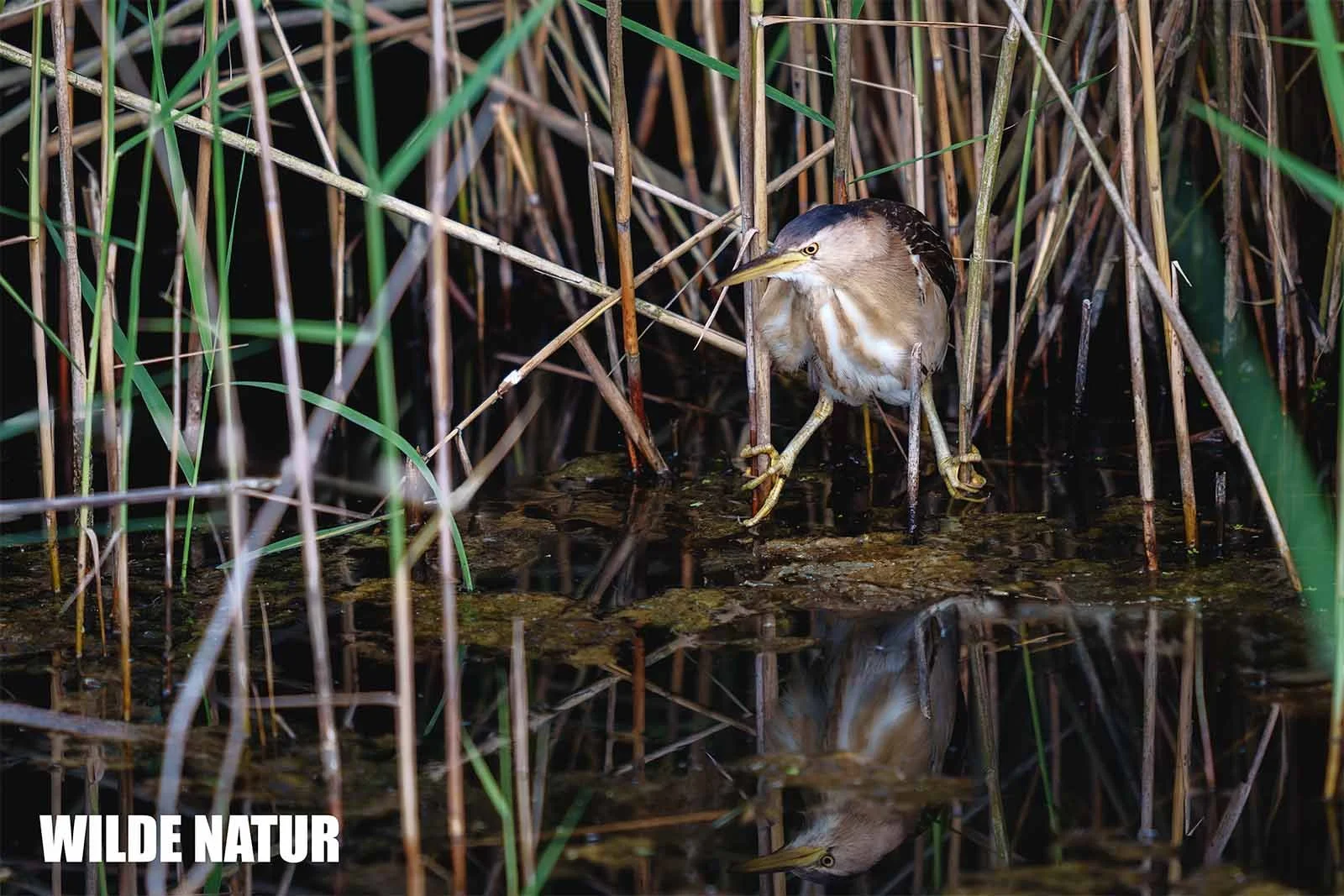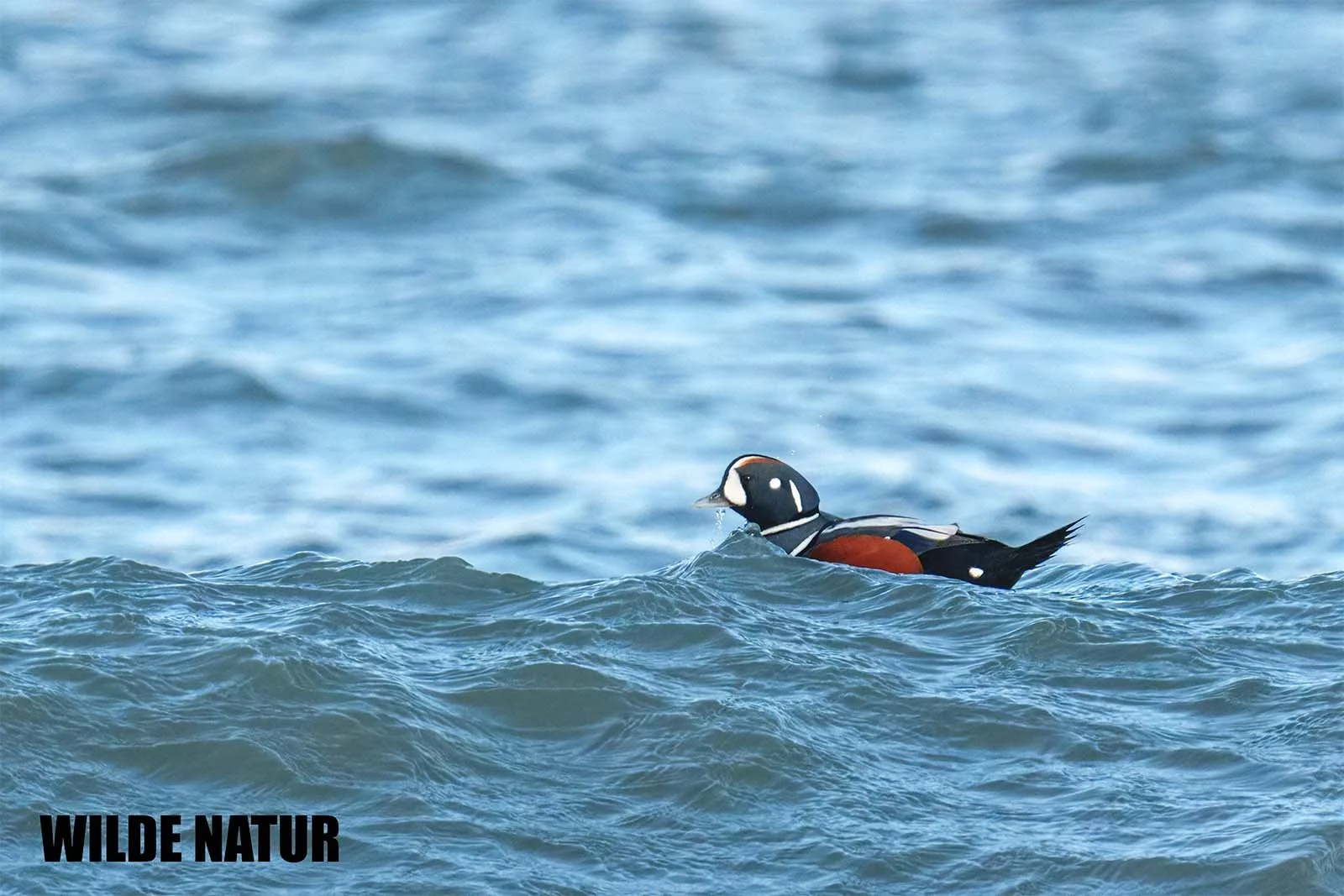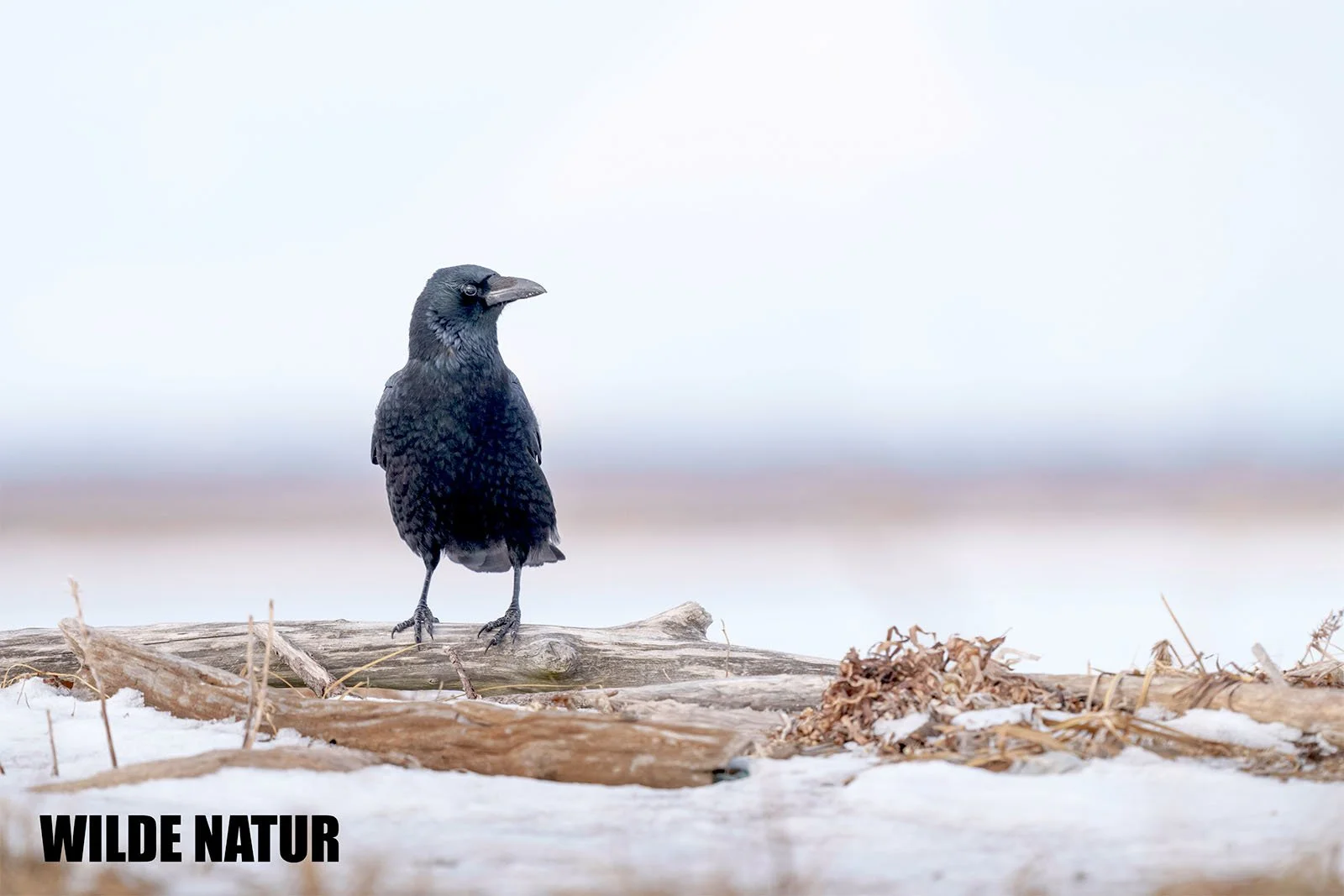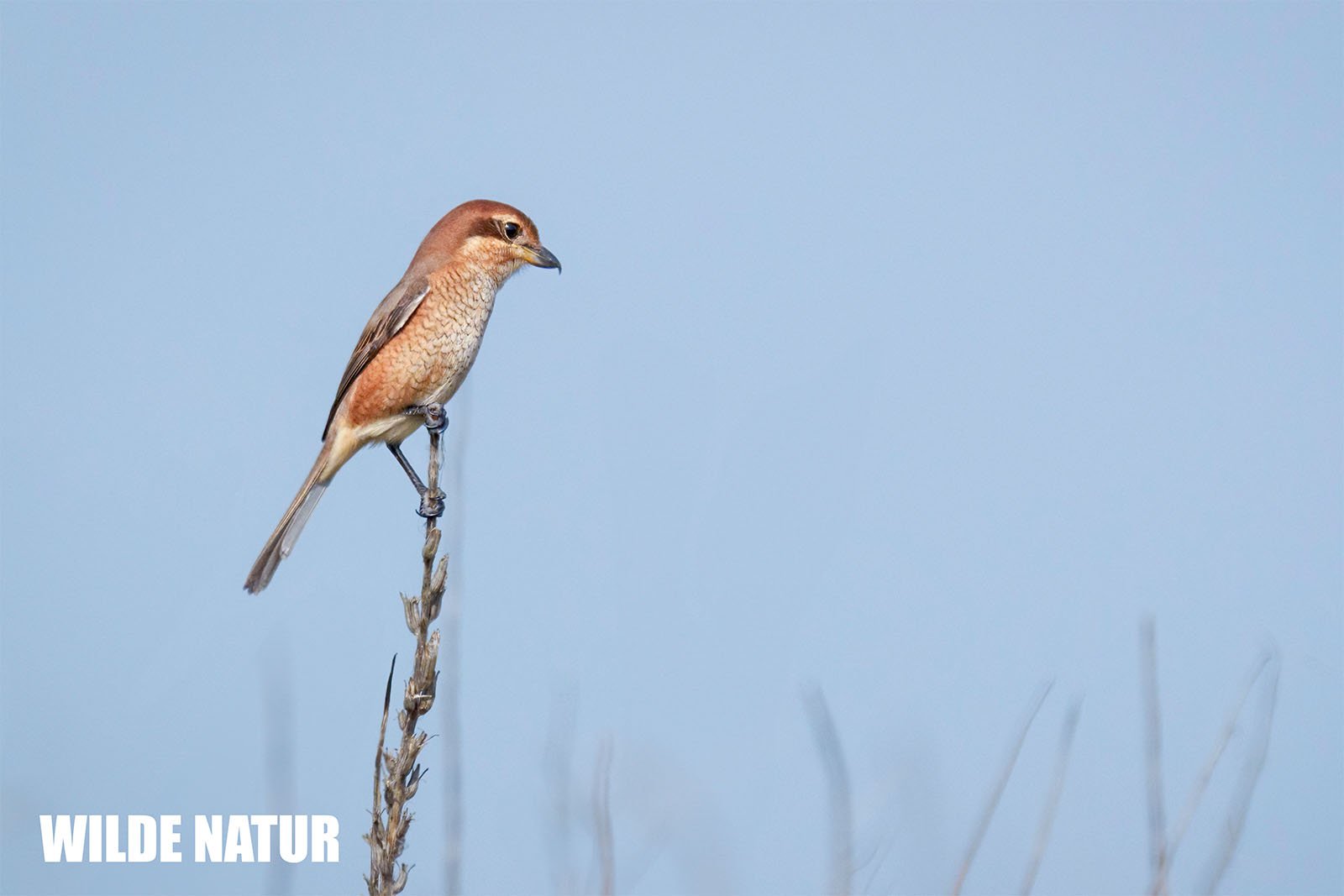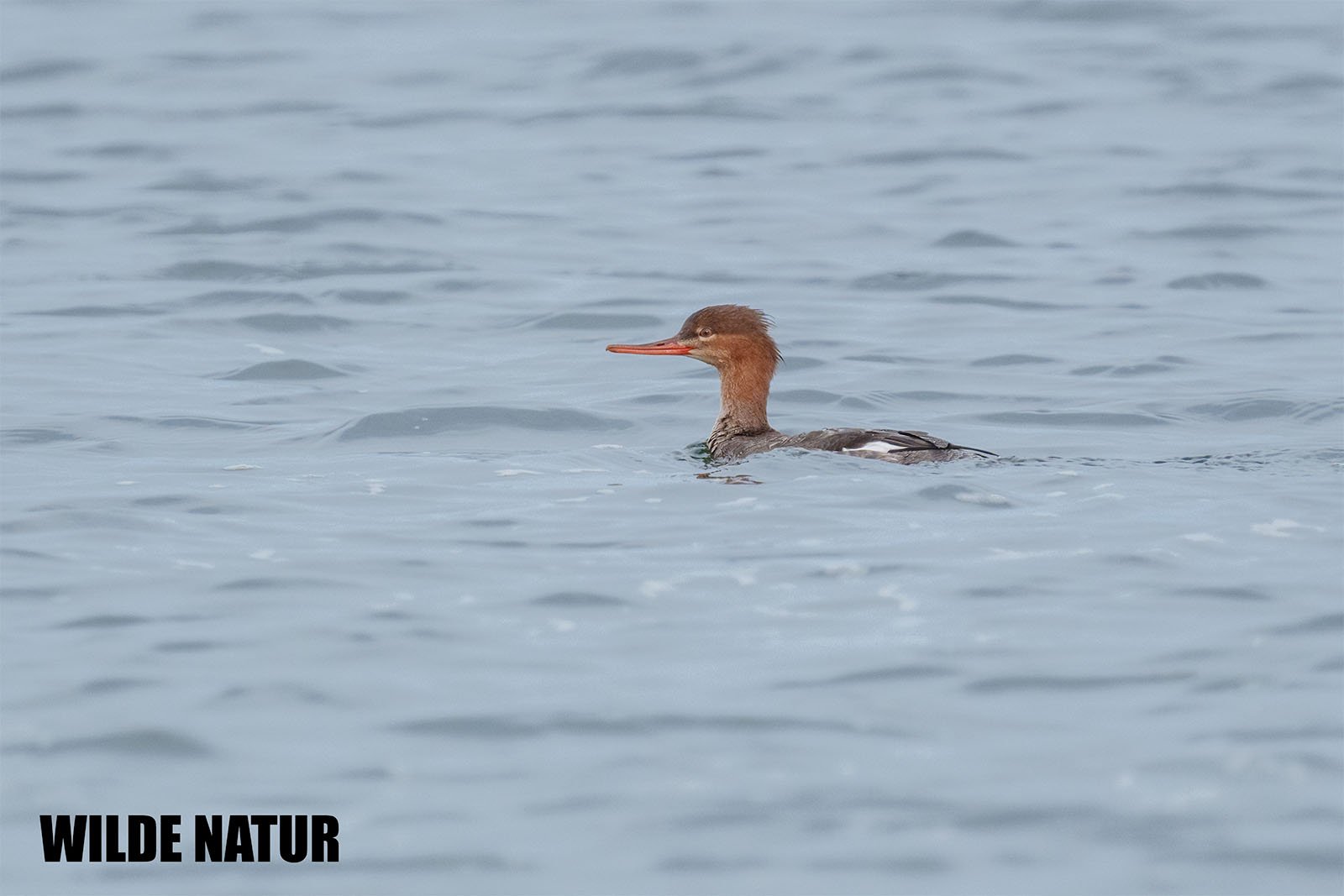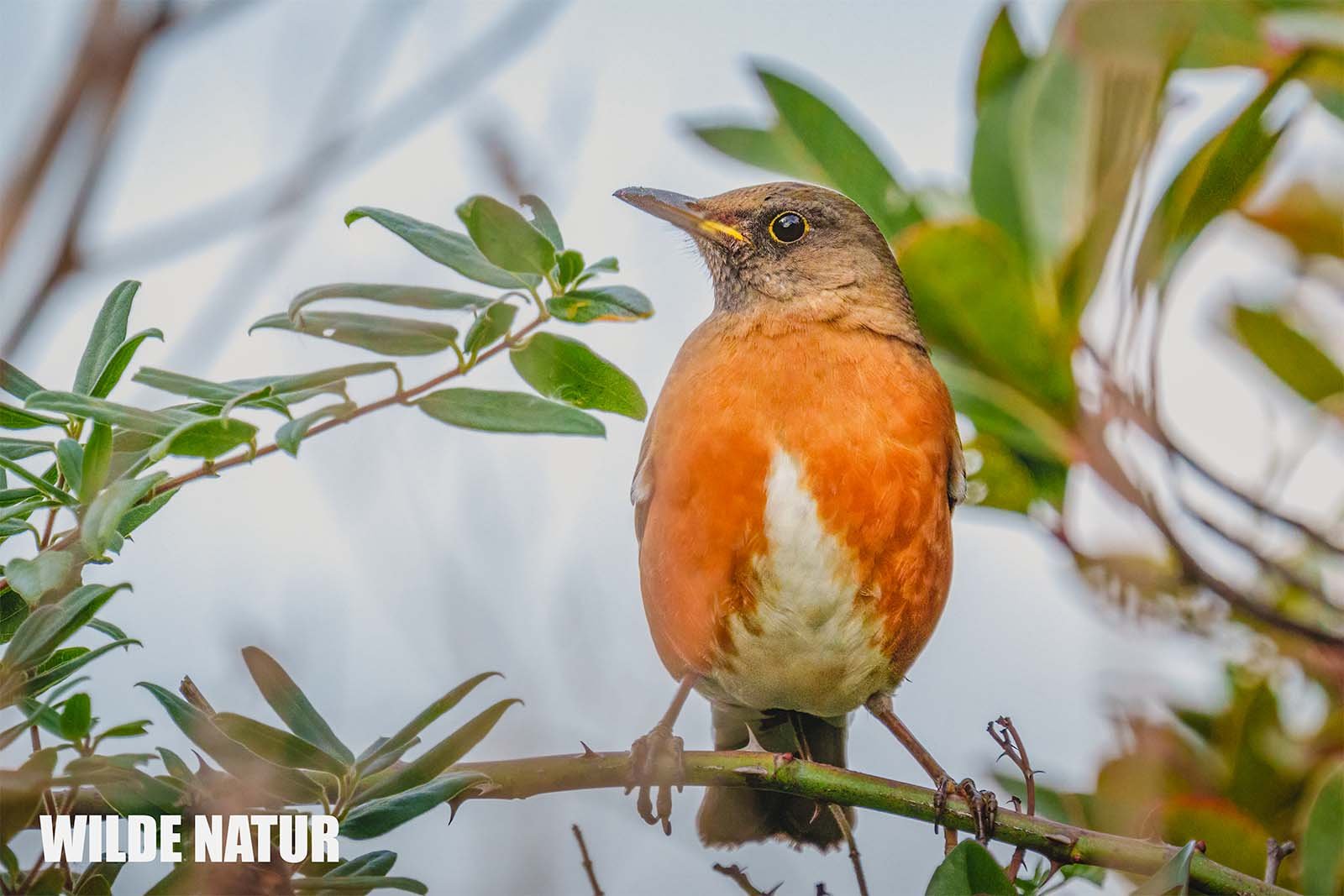Little egret (Egretta garzetta)
Little egret (Egretta garzetta) stands among reeds, near Tokyo
Little Egret - White Hunter with Yellow Feet
The Little Egret is an elegant wader with white feathers and yellow feet. In Japan, it is widespread, adaptable, and not endangered.
Shortlist - At a Glance
- Scientific Name: Egretta garzetta
- Common Name: Little Egret
- Size: approx. 60 - 65 cm
- Weight: 350 - 550 g
- Plumage: Pure white
- Characteristics: Black beak, black legs, yellow feet
- Breeding: Colonial nester, 3 - 5 eggs
- Habitat: Wetlands, rice fields, river mouths
- Migration Behavior: Partial migrant, regionally variable
- Conservation Status: Common, not endangered
Table of Contents
- Introduction
- Appearance and Identification
- Habitat and Distribution
- Diet and Hunting Behavior
- Breeding Behavior and Rearing
- Migration Behavior and Seasons
- Population and Conservation Status
- Descriptive Summary for the Visually Impaired
- FAQ - Frequently Asked Questions about the Little Egret
Introduction
It carries snow on its feathers and sun on its feet: The Little Egret stands out - not through loudness, but through simple elegance. With its white plumage, deep black beak, and bright yellow feet, it is a quiet hunter that moves slowly through shallow water - patient, precise, and as if it stepped out of an ink drawing.
Appearance and Identification
At about 60 to 65 centimeters long, the Little Egret is a medium-sized heron species. What makes it unmistakable:
- Pure white plumage, silky smooth
- Long, black beak, perfect for catching fish
- Black legs with striking yellow feet - as if it were wearing rubber boots
- Bright eyes, surrounded by bluish-gray facial skin
- In spring, it carries two long ornamental feathers on the back of its head
- In flight: S-shaped neck, broad white wings A picture of purity - with a colorful accent at the feet.
Habitat and Distribution
In Japan, the Little Egret is widely distributed, but its presence varies depending on the region and season.
- Breeding Areas: Honshū, Shikoku, Kyūshū
- Year-round: in southern regions
- Summer visitor: in central and northern Japan (e.g., Hokkaidō) Preferred habitats:
- Wetlands, rice fields, riverbanks
- Coastal lagoons, swamps, mangroves
- Also commonly seen in urban harbors Where it is shallow and rich in fish, it feels at home.
Diet and Hunting Behavior
Little Egrets are patient loners, gliding slowly through the water - or standing motionless.
Prey:
- Small fish
- Frogs, insects, crustaceans Typical behavior:
- Stirs the water with its foot to scare up prey
- Lightning-fast strike with its beak
- Hunts mostly alone or in small groups, sometimes with other heron species Their tactics are quiet, efficient, and surprising.
Breeding Behavior and Rearing
Breeding begins in April. Little Egrets breed in colonies, often together with other wading birds.
Nesting Sites:
- On trees, in bushes, or in reed beds
- Nest: made of twigs, rather loosely constructed Breeding Details:
- Clutch Size: 3 to 5 eggs
- Incubation Period: 21 to 25 days
- Both parents incubate, feed, and protect the young
- Fledging after a few weeks, but still cared for by parents
Migration Behavior and Seasons
Is the Little Egret a migratory bird or a resident?
It depends on the region:
- Southern Japan: Resident, stays year-round
- Central and Northern Japan: Migratory, comes in spring, leaves in autumn
- Migration Period: March to October A flexible bird that follows warmth and food.
Population and Conservation Status
Good news:
- In Japan, the Little Egret is not endangered
- Its population is considered stable to increasing Why?
- Adaptable - even in cultivated landscapes (e.g., rice fields)
- Wetland protection and ban on pesticides also help An example of how protection and adaptability can work together.
Descriptive Summary for the Visually Impaired
Imagine a medium-sized bird with pure white plumage - smooth, light, and elegant. It has a long, thin beak, as black as ink. Its legs are also black - but its feet shine yellow, like little patches of light in the water. In spring, it carries two fine ornamental feathers on its head, which dance in the wind. The neck is long and gracefully curved, the flight silent, with broad white wings. Its gaze is calm, vigilant - a silent hunter in the morning mist.
FAQ - Frequently Asked Questions about the Little Egret
1. Is the Little Egret widespread across Japan?
Yes - but only year-round in the south. In central and northern Japan, it is a migratory bird.
2. How can I recognize the Little Egret?
By its pure white plumage, black beak - and its yellow feet.
3. What does the Little Egret eat?
Mainly small fish, frogs, crustaceans, and insects - anything that lives in shallow water.
4. Where does the Little Egret breed?
In colonies, usually in trees, bushes, or reeds - from April.
5. Is it endangered?
No - the Little Egret is common in Japan, and its population is considered stable.




